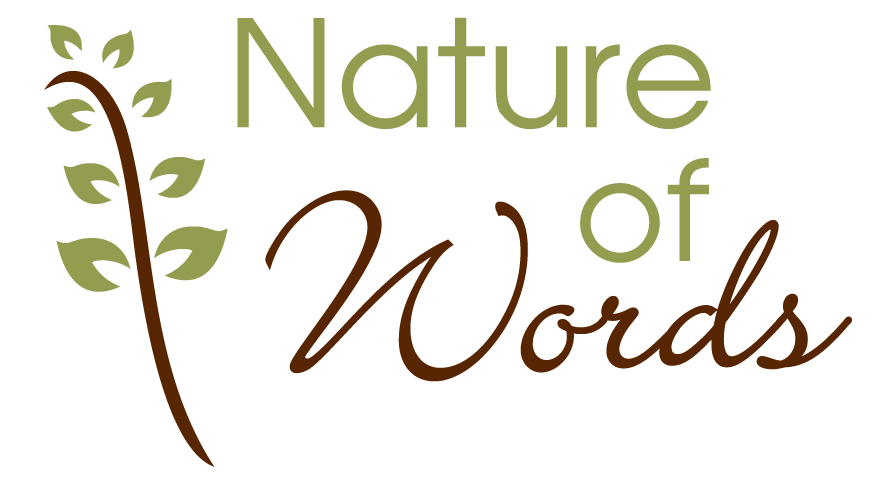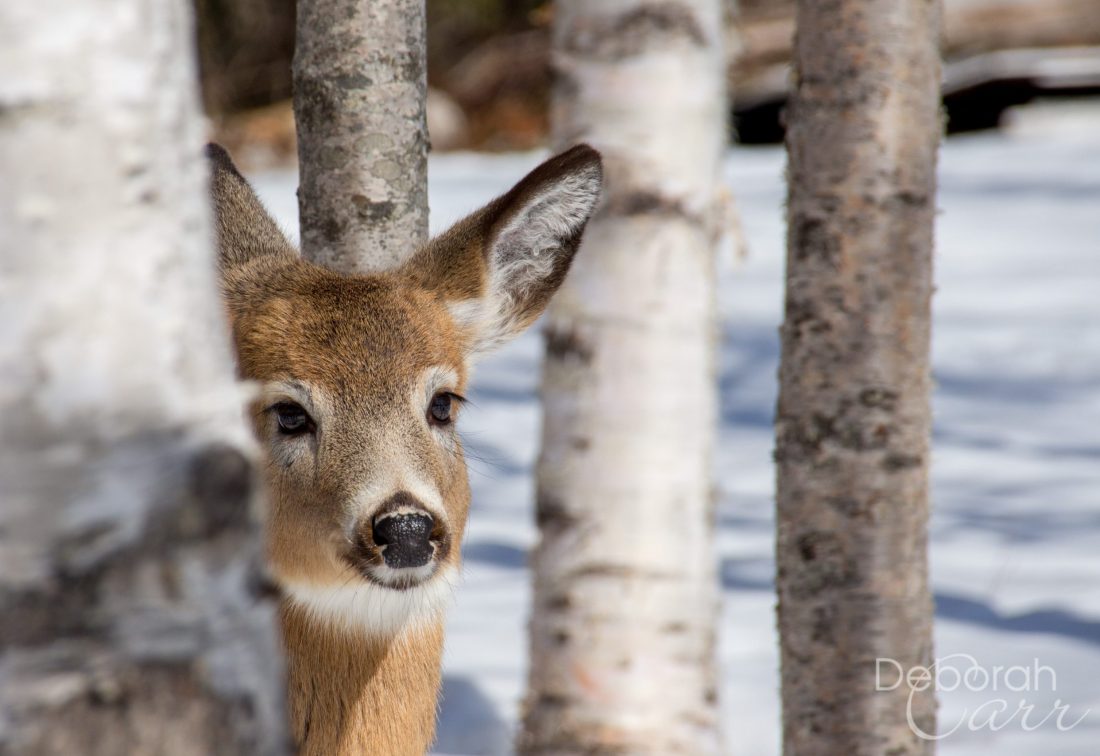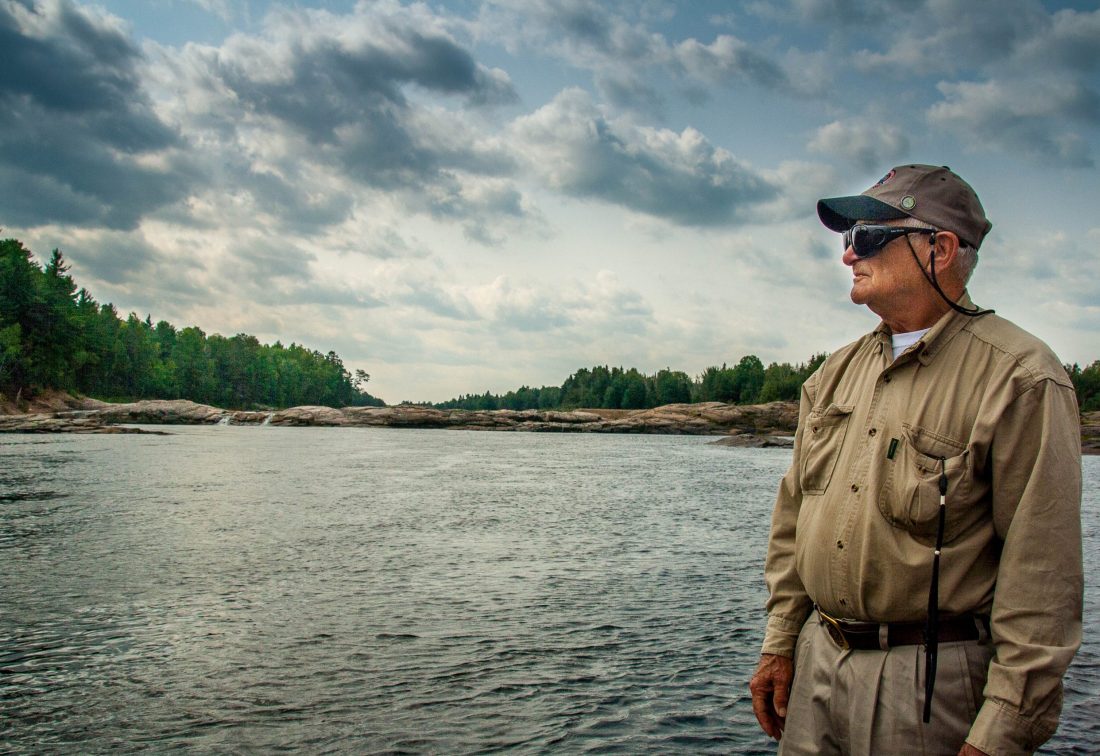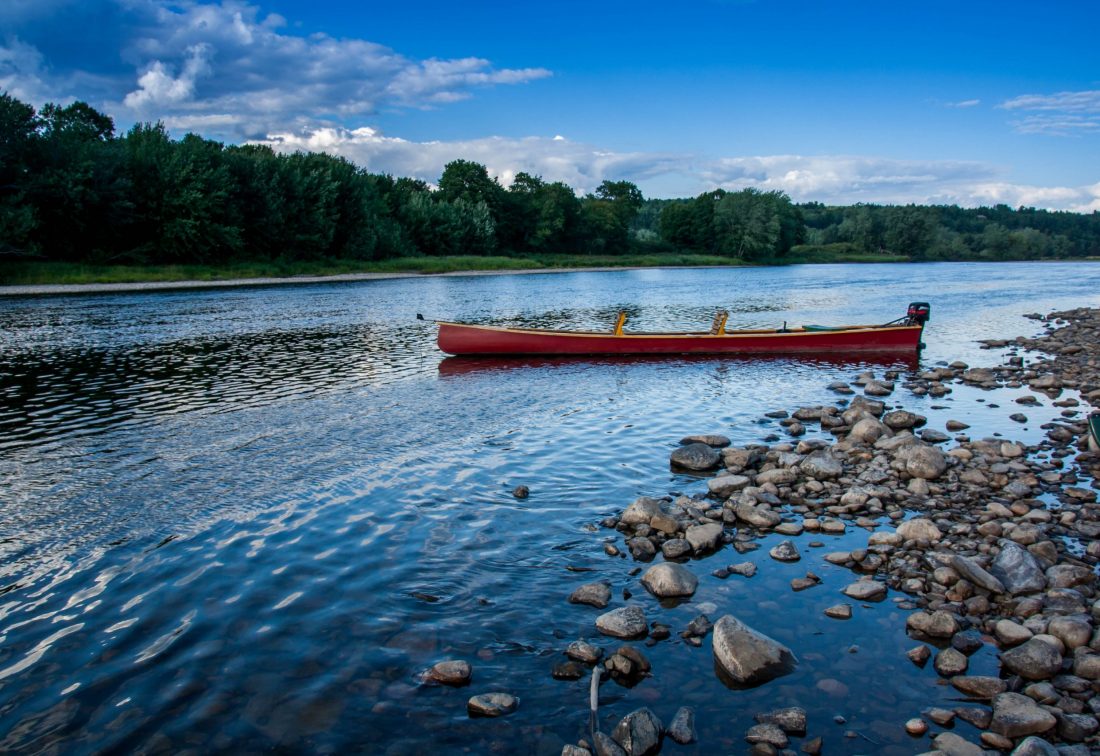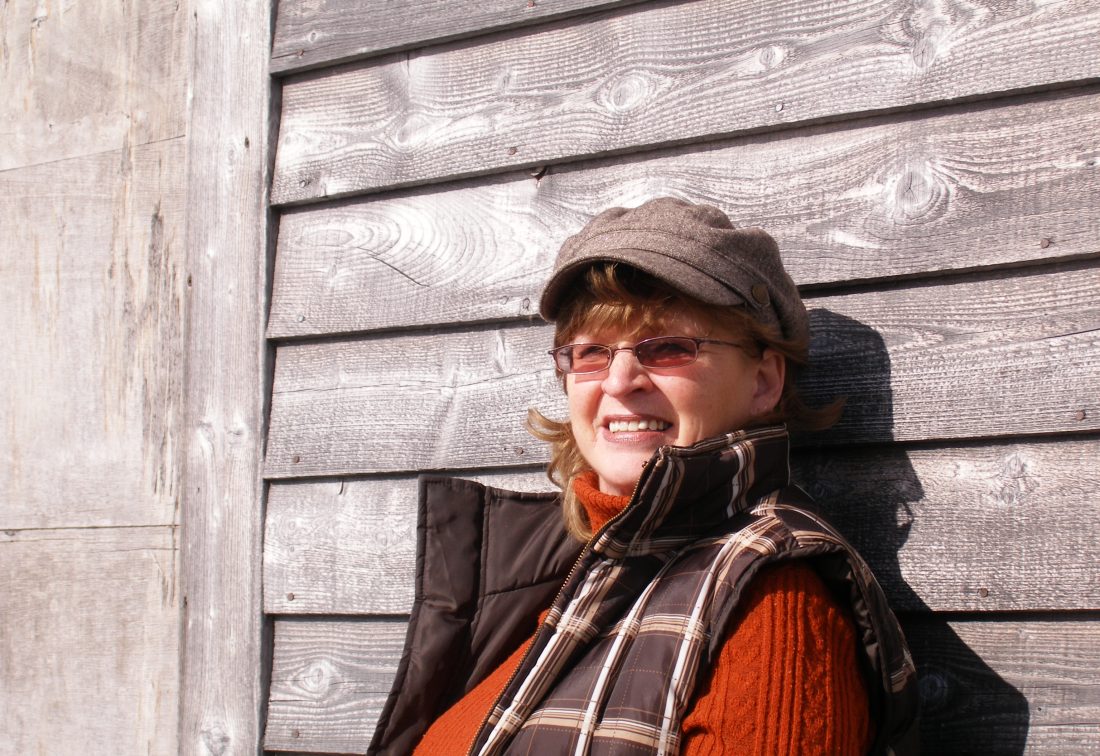We’re the Problem
(Saltscapes Magazine, Oct/Nov 2020; International Regional Magazine Awards, Silver award winner, Nature & Environmental category)
When wildlife brushes up against human activity, it usually ends poorly for the animal. This dedicated duo of wildlife rehabilitators works to rewrite that ending (part 1 of a 2-part series)
The phone call from Canaport LNG came in at 10AM on September 14, 2013. Flocks of birds had flown into a gas flare the night before, the caller said. Can you help?
Barry Rothfuss, Executive Director of Atlantic Wildlife Institute (AWI), a wildlife rehabilitation facility in Cookville, NB, hung up the phone and kicked into high gear, initiating protocols he’d developed over decades of emergency response. By 2PM, he and a team of well-trained responders had arrived at the Saint John, NB facility overlooking the Bay of Fundy.
The scene was horrific. Thousands of dead and dying songbirds covered an area the size of two football fields. Some were flopping about unable to fly; others still tumbled from the sky. A feeding frenzy of gulls plucked up the helpless fallen. Traumatized workers were unsure what to do.
“In an event like this, your mind focuses on the task at hand,” recalls Barry. “You don’t have time to reflect on emotions, or the animals suffering. Your job is to remediate and respond as best you can.”
